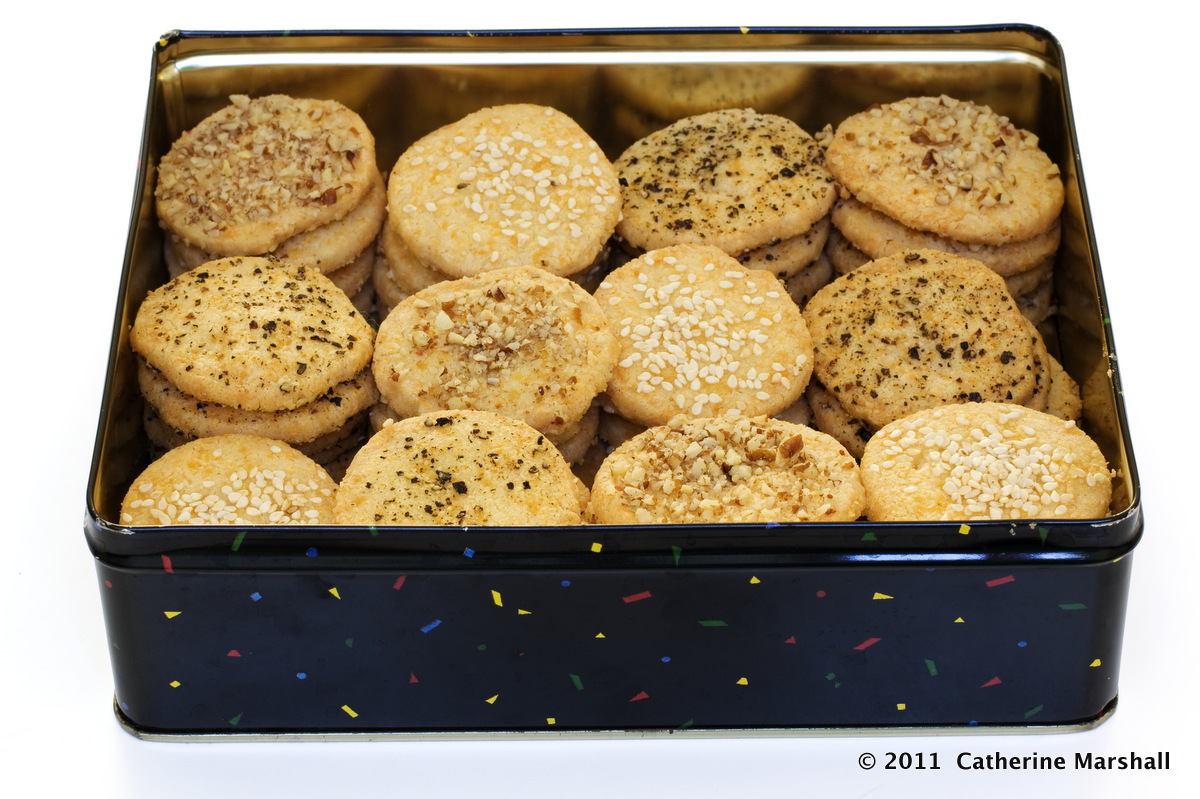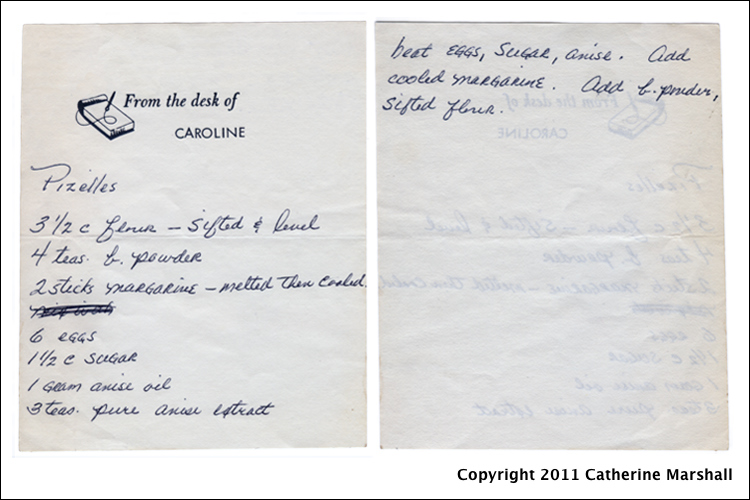3 cups all-purpose flour
1 1/2 teaspoons baking powder
3/4 teaspoon baking soda
1/4 teaspoon salt
1 tablespoon ground ginger
1 3/4 teaspoons ground cinnamon
1/4 teaspoon ground cloves
6 tablespoons unsalted butter
3/4 cup dark brown sugar
1 large egg
1/2 cup molasses
2 teaspoons vanilla
1 teaspoon finely grated lemon zest (optional)
Combine the flour, baking powder, baking soda, salt, ginger, cinnamon, and cloves until well blended and set aside.
In a mixing bowl (e.g. KitchenAid) beat butter and brown sugar until creamy, then add egg and mix at medium speed until well blended. Add molasses, vanilla, and lemon zest and continue to mix until well blended, scraping down the bowl if needed. Gradually stir in dry ingredients until blended and smooth.
Divide dough in half and wrap each half in plastic and let stand at room temperature for at least 2 hours or up to 8 hours.
(Dough can be stored in the refrigerator for up to 4 days, but in this case it should be refrigerated and then returned to room temperature if you plan to roll it out for cut cookies.)
Preheat oven to 375°. Grease or line cookie sheets with parchment paper.
Roll dough into balls and place on cookie sheet 2-3 inches apart. Flatten the balls for a thin crisp cookie, or leave them as they are for a cookie that is crunchy on the outside with a softer center.
-OR-
Place 1 portion of the dough on a lightly floured surface, and sprinkle flour over dough. Roll dough to a scant 1/4-inch thick, dusting rolling pin or keeping the dough between two sheets of parchment or waxed paper. Use additional flour as needed to avoid sticking.
Cut out cookies and space them 1 1/2-inches apart on the cookie sheet. Bake 8-10 minutes for flat cookies or ~12 minutes for round cookies. Cool on a rack and then decorate (or not) as desired.


